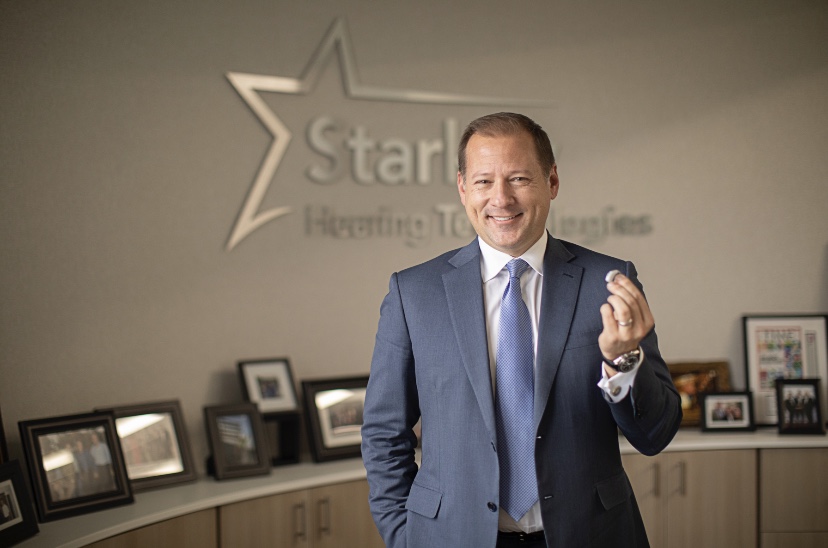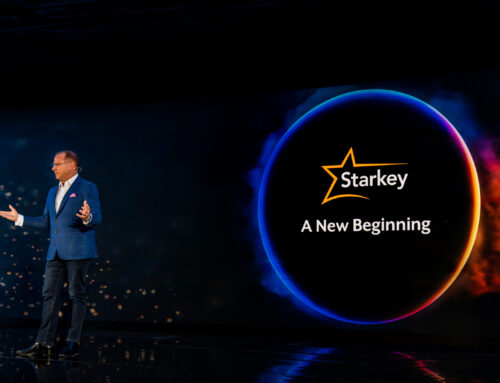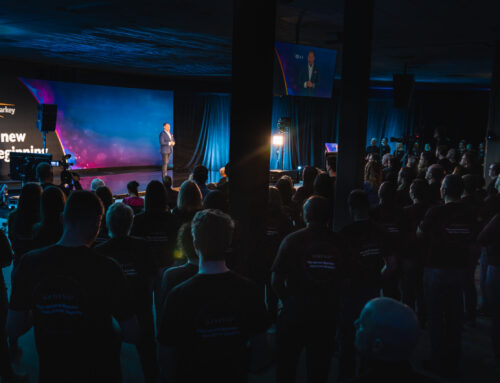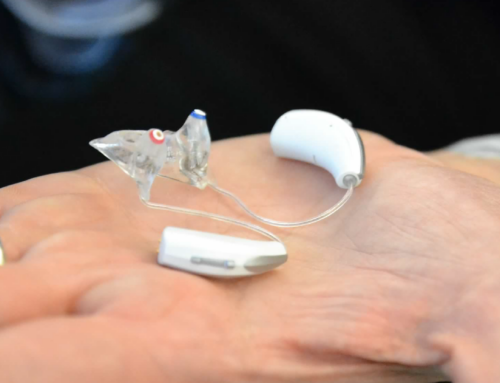Mike Tyson famously said: “Everyone has a plan until they get punched in the mouth.”
For most of the world, 2020 was a sharp left hook.
At the start of 2020, no one could have imagined how the year would have played out. In January, Starkey hosted 3,600 hearing health care professionals from around the world at the Hearing Innovation Expo in Las Vegas. I said then that the greatest decade in the hearing industry was ahead of us. I believe that now more than ever. Not in spite of what happened this year, but because of it.
In 2020, more people learned what we’ve known all along: hearing health is essential. During stay-at-home orders, people realized they couldn’t talk on the phone clearly, or they couldn’t hear that important update on the news. Hearing is a social issue. It is an overall health and wellness issue. It is a global issue. And, now, people were beginning to realize that.
“Can you see the opportunity that exists in your future?” This was a question I asked our own leadership team at Starkey. We had to decide. Were we going to be disrupted or were we going to be the disruptor? Given Starkey’s history of embracing disruption, the answer was pretty simple; progress and innovation couldn’t sleep.
From helping providers become experts in patient safety and telehealth to creating new technologies to detect when someone is wearing a facial mask and adjust automatically, Starkey made the decision to lead, adapt and thrive. There will always be disruption in the world, it’s up to us to figure out what the patient needs at any given time.
2020 accelerated the concept of the digital patient. There are more people over the age of 60 than at any other time in human history. The way people are aging is changing, and their expectations are changing. The digital patient expects care, convenience and control. What was once patient-centered care is now patient-driven care. The patient is, and always will be, the center of everything we do, but now the patient is telling us what they need. Our job is to stay one step ahead of them.
The digital patient wants to be connected. They want a hearing aid that isn’t about hearing loss, but about hearing gain. They want technology — technology as small as physics will allow — that is their virtual assistant, their health tracker, their connection to the world around them. They want individualized hearing solutions. And they need the hearing health care professional to be their advisor. The hearing aid is not a product, it’s part of the process toward better hearing and better living, and the provider is their partner on that journey. Most importantly, people don’t want to be sold. They want to be helped. Patient satisfaction starts with caring. That’s the differentiator.
2020 has forced us to rethink who we are and what we do. Innovation is a mindset we’ve all had to accept. While we still don’t know what the new normal is going to be, we do know that this business will be changed forever. However, if we lead with our hearts, it will change for the better.





